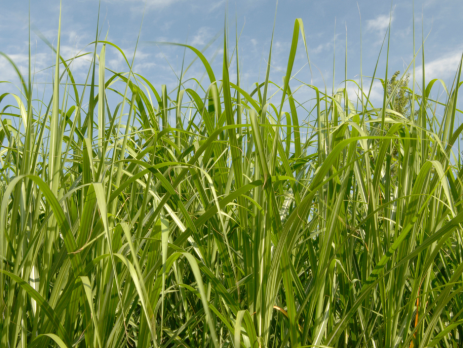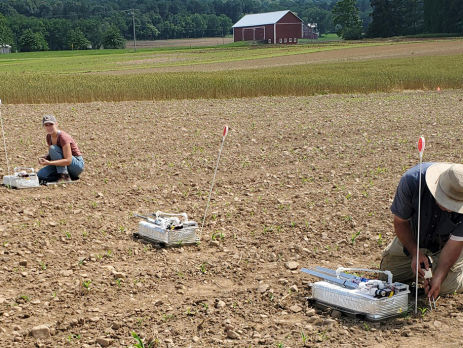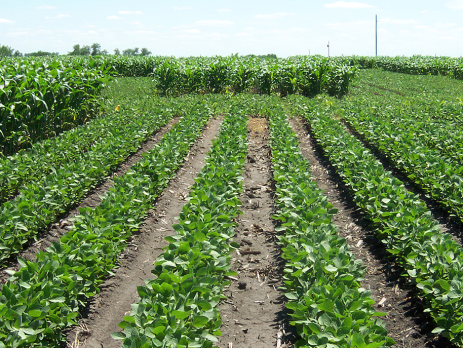Topic
Youth for climate action empowers New York high school advocates for environmental change
Responding to climate change challenges, Cornell Cooperative Extension in New York initiated the Youth for Climate Action Program, empowering high school students to address environmental issues. The Youth for Climate Action Program equips high school advocates with tools to address climate challenges, fostering community engagement and promoting environmental awareness. In 2020, inspired by the Cornell Climate Stewards Program, Extension in [...]












